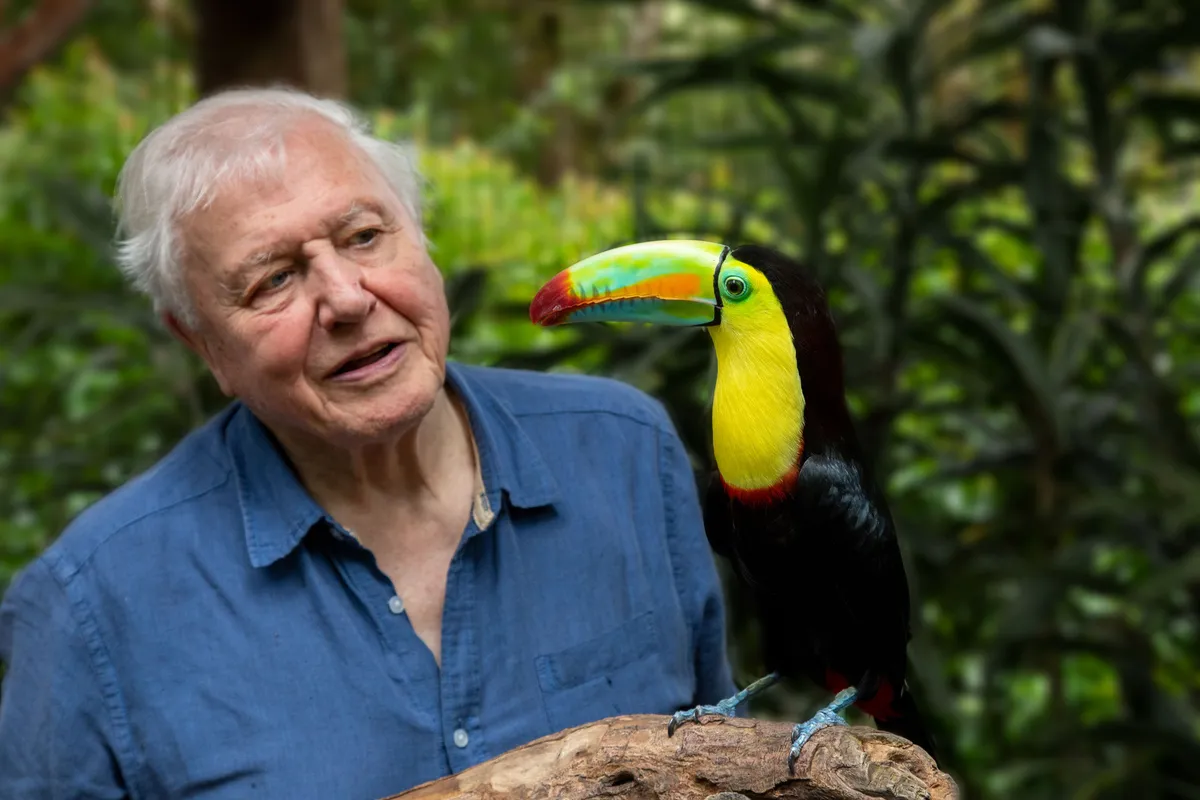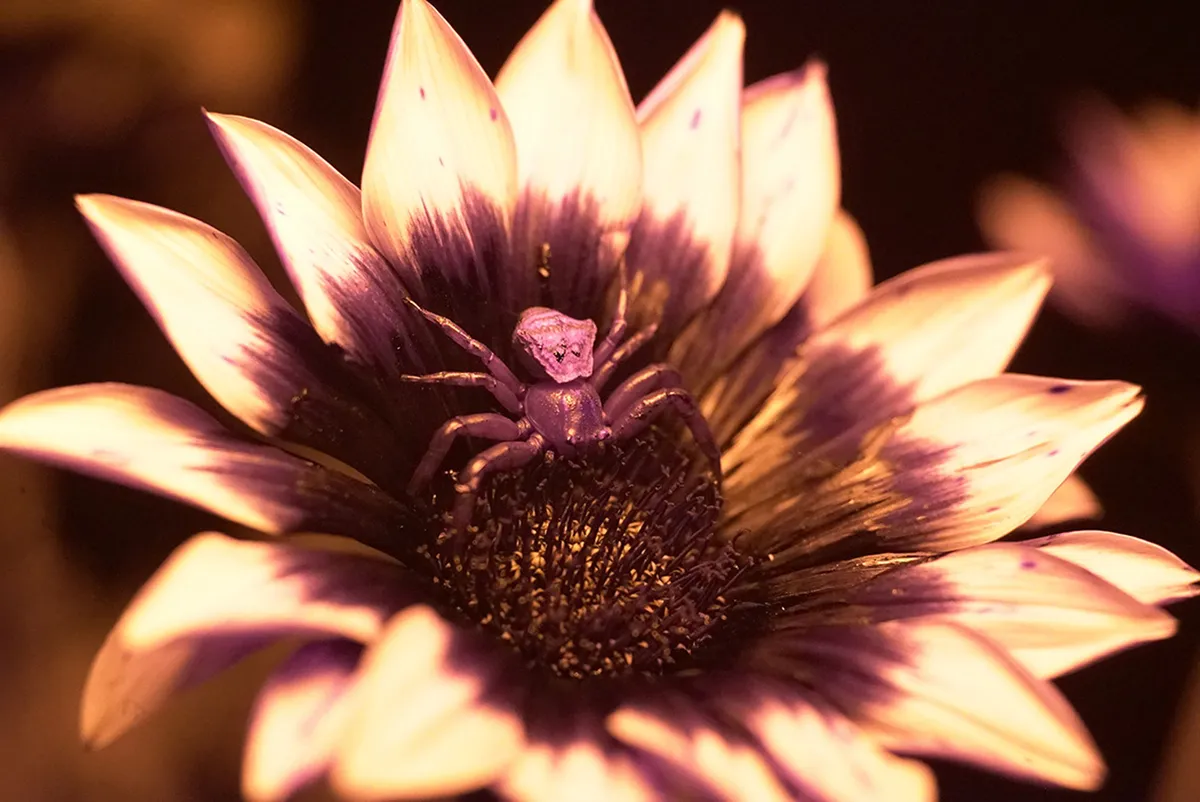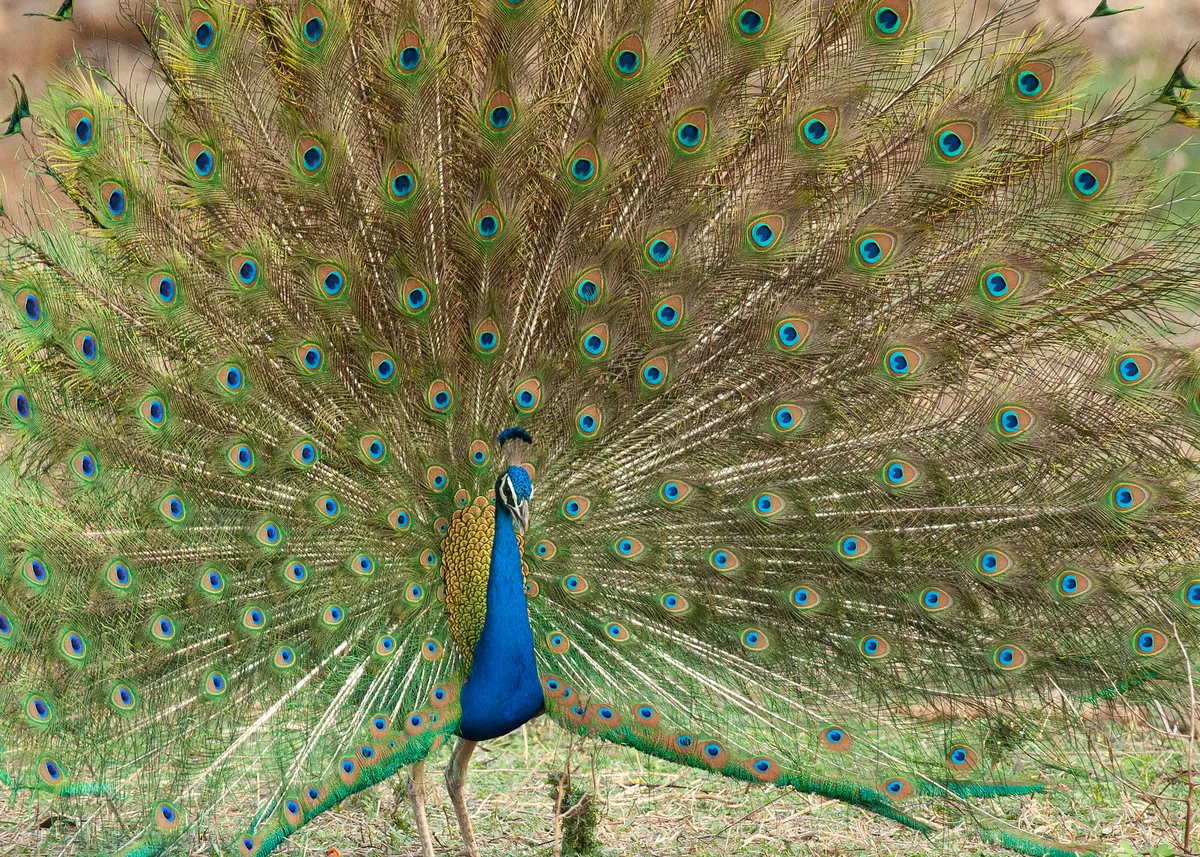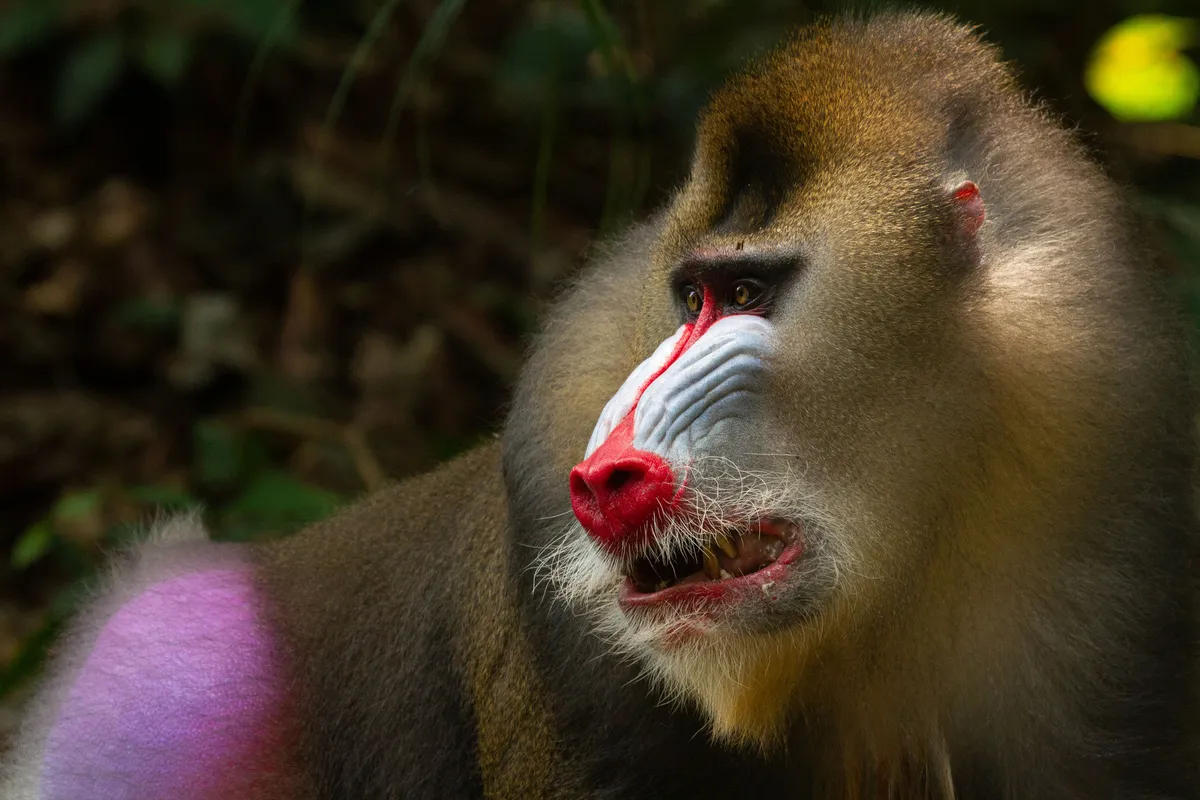How to watch Attenborough's Life in Colour
The two episodes in Attenborough's Life in Colour first aired on BBC One in February and March 2021, and are available to watch on BBC iPlayer.
Watch the trailer for Attenborough's Life in Colour:
Please note that external videos may contain ads:
What is Attenborough's Life in Colour about?
After a sombre winter, this two-part documentary series is a welcome carnival of colour. Sir David Attenborough started his career describing the appearance of animals to audiences viewing black and white footage. Now, with decades of experience on the cutting edge of camera technology, he’s the perfect guide to show us some of the world’s most spectacular species.
There’s something uplifting about watching him feeding toucans and strolling in a perfect pastel meadow at a time when such locations are dreamscapes to most of us. Alongside hints of jazz in the soundtrack, the visuals have a dreamy, borderline trippy quality – don’t mix the motion dazzle sequence in episode two with alcohol!

Classic questions such as “why are tigers orange, zebras stripey and flamingos pink?” are all answered with nuance and the latest science is applied to a host of other familiarly flamboyant characters from peacocks to poison dart frogs. Things get even more interesting when we look beyond our limited human perception and consider species from their own unique visual perspectives.
Crab spiders are seen in a whole new light: their ability to trick honeybees with UV reflection captured by specialist cameras. The phrase ‘a bird’s eye view’ is perfectly applied to enhance the spectacle of birds of paradise and hummingbird mating displays. Experimental cameras reveal that one of the ocean’s most colourful creatures packs even more of a visual punch in polarised light.

Part one deals with sexual signals, while the second part focuses on survival. Fortunately, the latter is less about agonising chase sequences and more focussed on the visual trickery employed by predator and prey. If you need a boost, it’s another must-watch Attenborough mini-series, delivering maximum visual impact and a poignant conclusion that we must protect the vibrancy of the natural world.
Who is Sir David Attenborough?

Sir David Attenborough is a world-renowned TV broadcaster and conservationist, who has presented numerous natural history series across a number of decades, with recent programmes including A Perfect Planet, David Attenborough: A Life on Our Planet, Our Planet, and Extinction: The Facts.
Which species feature in Attenborough's Life in Colour?
Attenborough's Life in Colour encompasses a wide range of animals across the animal kingdom, from delicate butterflies and surprisingly strong shrimp, to impressive primates and tigers. Here are some of the species in the series:
Peafowl (Pavo cristatus)

There are three species of peafowl, the most well-known of which is the Indian peafowl (Pavo cristatus). The males (peacocks) have a bright and beautiful iridescent blue head and neck, and are famous for their extraordinary long tail feathers featuring 150 shimmering eyespots, which are held up and shaken to impress the females (peahens).
Peacock mantis shrimp (Odontodactylus scyllarus)

The peacock mantis shrimp is a multicoloured crustacean, although females are mostly red. They are predators of hard-shelled invertebrates and small fishes, and are famous for the fast punching motion they use to break open and kill the shells of other invertebrates, which is one of the fastest movements known in the animal kingdom.
Zebra (Hippotigris subgenus)

The bold black and white stripes of zebras make it difficult for predators, such as lions or cheetahs, to focus on a particular individual when a herd is moving. This confusion is called ‘motion dazzle’. The stripes are also thought to reduce the number of flies, which can sometimes be vectors for deadly diseases, that land on zebras.
Mandrill (Mandrillus sphinx)

Female and young mandrills are brown and plain, but adult male mandrills develop colourful faces and rumps as they become sexually mature. Male mandrills are the biggest of all monkeys and are incredibly powerful.
Hummingbirds (Trochilidae family)

Hummingbirds need to able to spot colour in order to identify brightly coloured flowers to feed from. They also use colouration to attract a mate. Male Costa's hummingbirds have eye-catching purple iridescent colours on their necks and faces.
Blue moon butterfly (Hypolimnas bolina)

The brighter a male blue moon butterfly's markings, the more attractive he is to a female. However, these markings can also be seen by the species' predators.
Bengal tiger (Panthera tigris tigris)

Tigers are large mammals and face the challenge of creeping up on their prey. Although their black stripes on an orange coat may seem like an odd combination for camouflage, they are actually crucial to their hunting success.
Main image: David Attenborough with a poison dart frog in Costa Rica. © Humble BeeFilms/SeaLight Pictures/BBC
